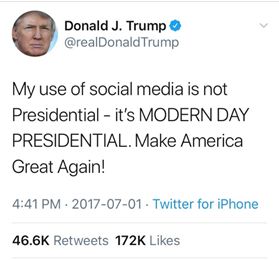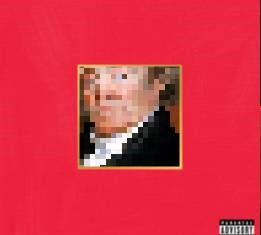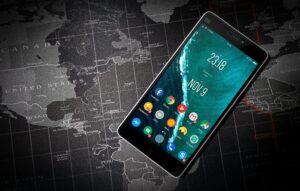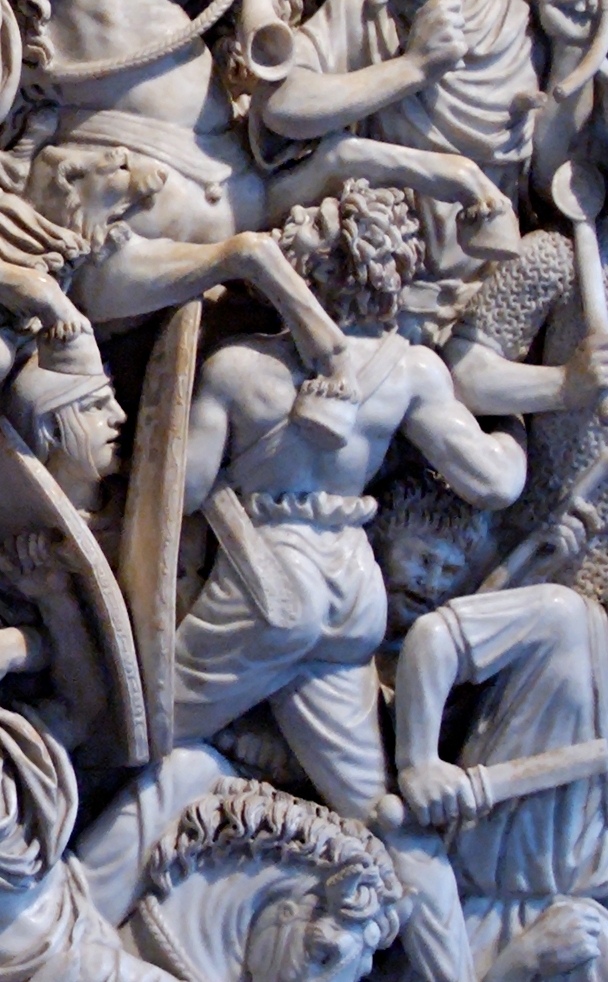Brandon Fick

After midnight (ET) on May 31, 2017, Donald Trump tweeted: “Despite the constant negative press covfefe” (@realDonaldTrump). The tweet remained on his feed for hours, and even after it was deleted, Trump would not admit it was a misspelling of coverage. In the immediate aftermath, covfefe went viral as a hashtag, meme, and Google search term. There has been a multitude of covfefe merchandise, and a bill in the U.S. House of Representatives requiring preservation of a President’s social media activity even used covfefe as its acronym (Wamsley). This is a prime example of the attention Trump commands. As President of the United States and with seventy-three million Twitter followers, no other person has had such a platform in the history of English. His Twitter use is a matter unto itself, but underlying it is the way he speaks on a daily basis, in unscripted remarks, speeches, and interviews. Trump’s “leadership” is inextricably tied to his language, as whether intentional or not, his vocabulary and syntactic traits resonate with a significant portion of America.
Click here to read more









